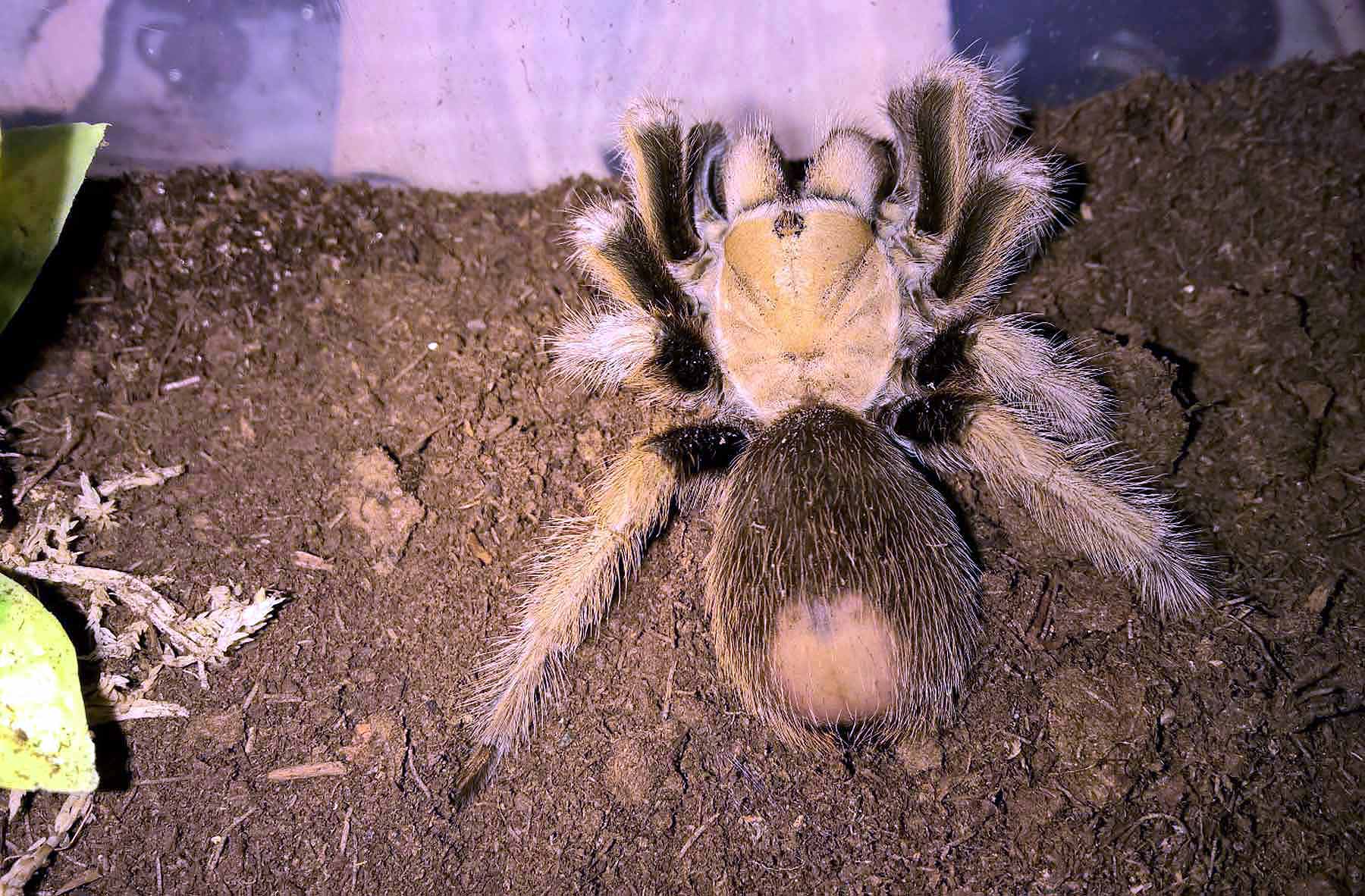Hey everyone,
I am doing an assignment for my university course in which I have to make a presentation and talk around a species of exotic bird, reptile, amphibian, or invertebrate in our animal collection at my university site.
For my assignment I chose the lovely Desert Blond (due to me already covering a few assignments like this based on reptiles and birds whilst at college). The first part of my assignment is a talk and accompanying PowerPoint based on how the species is caught and handled in a captive environment. It is suggested to consider general species information, health and safety in handling/capture techniques and a general health check when handling said species.
For the second part I have to present, recall and justify 'captive husbandry and management' on the species producing an A4 (6 sided maximum) information sheet. Obviously this includes habitat, substrates, feed, enclosure grouping, breeding or anything under that radar.
I am familiar with handling and capture techniques but am willing to hear all personal touches and experiences. I would appreciate any help anyone can give!
I understand it may seem like I'm basically asking for my assignment to be written for me but due to the legislation and lack of knowledge about prime tarantula husbandry all - if not most of this territory is covered by personal preference so I thought who to ask if not the best of the best?
Sorry if this is not allowed or posted in the wrong place.
(I will reply to any messages whenever possible, I'm a full time student and a full time worker, whilst trying to balance a social life at the age of 19 so some patience would be appreciated!)
TIA! - Harry
I am doing an assignment for my university course in which I have to make a presentation and talk around a species of exotic bird, reptile, amphibian, or invertebrate in our animal collection at my university site.
For my assignment I chose the lovely Desert Blond (due to me already covering a few assignments like this based on reptiles and birds whilst at college). The first part of my assignment is a talk and accompanying PowerPoint based on how the species is caught and handled in a captive environment. It is suggested to consider general species information, health and safety in handling/capture techniques and a general health check when handling said species.
For the second part I have to present, recall and justify 'captive husbandry and management' on the species producing an A4 (6 sided maximum) information sheet. Obviously this includes habitat, substrates, feed, enclosure grouping, breeding or anything under that radar.
I am familiar with handling and capture techniques but am willing to hear all personal touches and experiences. I would appreciate any help anyone can give!
I understand it may seem like I'm basically asking for my assignment to be written for me but due to the legislation and lack of knowledge about prime tarantula husbandry all - if not most of this territory is covered by personal preference so I thought who to ask if not the best of the best?
Sorry if this is not allowed or posted in the wrong place.
(I will reply to any messages whenever possible, I'm a full time student and a full time worker, whilst trying to balance a social life at the age of 19 so some patience would be appreciated!)
TIA! - Harry
